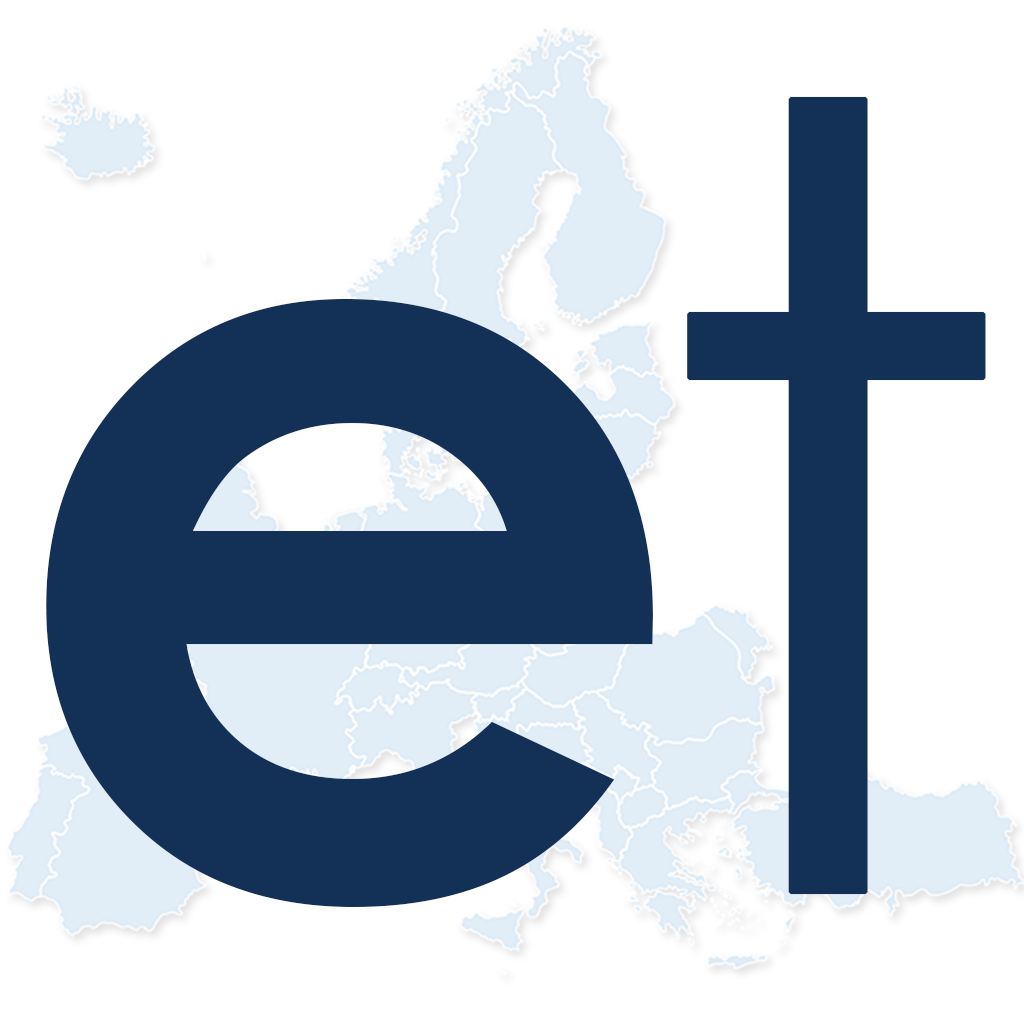A Practical Solution to Secure Russian Assets and Support Ukraine
With a critical July deadline approaching, the European Union faces increasing pressure to prevent frozen Russian central bank assets from reverting back to the Kremlin. Fortunately, a straightforward and effective solution is within reach.
To safeguard these assets and ensure they are used constructively, Europe should invoke the legal principle of countermeasures and transfer the funds into a specially created financial vehicle based in Belgium. This entity would operate under EU governance, and the legal ownership of the assets could be placed in a trust, ensuring they are managed for the benefit of Ukraine without being handed directly over to Kyiv.
Instead of a one-time transfer of funds—which Ukraine currently lacks the infrastructure to absorb effectively—this structure would generate stable, ongoing annuity income. This approach ensures financial sustainability for Ukraine’s defense and government budgets while preserving the assets’ reversibility — a key requirement of legitimate countermeasures — as the legal ownership wouldn’t be permanently severed from Russia.
Locating the vehicle in Brussels also comes with administrative advantages, including protecting Belgium’s tax interests.
The bulk of Russia’s central bank assets, frozen since February 2022, consist of low-yield cash from matured bonds. By placing these funds in an actively managed investment framework, the EU can significantly boost returns, creating a robust stream of funding for Ukraine’s immediate and long-term needs. This would reduce dependence on Western aid packages and relieve pressure on taxpayers across allied nations.
Looking ahead, these assets might also serve a foundational role in Ukraine’s post-war recovery. A Ukraine Reconstruction Bank—modeled on Germany’s post-WWII Kreditanstalt für Wiederaufbau—could be launched using these funds, financing the country’s long-term rebuilding efforts.
While political discussions continue across Brussels and other EU capitals, the bloc’s hesitation threatens to undermine its own strategic goals. The deadline for asset immobilization renewal looms, and the time to act is rapidly running out.
A clear, legally sound path exists. What’s lacking isn’t a solution—it’s the political will. European leaders must move swiftly and decisively, before hesitation turns into irreversible failure.













Leave a Reply